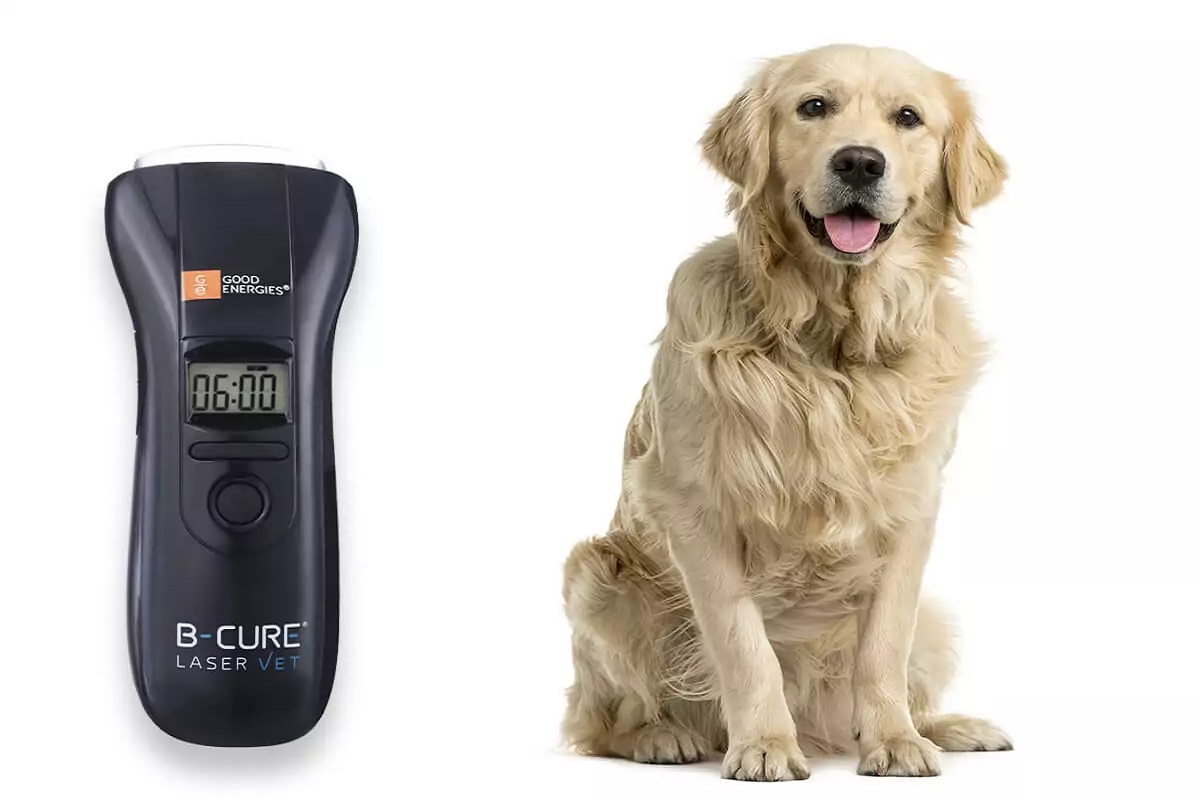Dogs are such adorable and loving animals that nobody can see them in pain. But unfortunately, aging is cruel and leaves no specie behind. Hip dysplasia in dogs is one of the issues that your fur baby has once they grow old. Almost 25% of pet parents complain about their pet’s joint pain. Fortunately, non-invasive therapeutic alternatives such as cold laser therapy for dogs are now accessible. Cold laser therapy is an extremely safe, pain-free, and highly effective treatment that you can perform in the privacy of your own home!
What is Hip dysplasia?
Dogs who develop their hips unevenly have hip dysplasia, which in its most severe form can cause crippling incapacity and excruciating joint arthritis. It’s common in many dog breeds, especially the larger breeds, and is the main factor in hip arthritis. It is a genetic characteristic that is also influenced by environmental variables.
The head of the femur serves as the ball of the hip joint, and the socket is located in the pelvis bone, both of which must develop at the same rate. This constant development during puppyhood does not occur with hip dysplasia. As a result, the joint becomes slack or loose, which is succeeded to degenerative joint disease or arthritis, which is the body’s effort to fix the loose hip joint.
What breeds are prone to it?
Hip dysplasia in dogs is brought by either pelvic muscles that did not grow correctly or by a femur bone that does not fit appropriately into the pelvic socket. Giant or large breeds are more prone to it due to their heavy weight and pressure on the pelvic bone, but many other breeds can also suffer from it. It is widespread in medium-large purebred dogs like Newfoundland, German Shepherd Dogs, Labradors retrievers, Goldens retrievers, Rottweilers, and Mastiffs. However, it may also be present in certain smaller breeds like spaniels and pugs.
What are the causes of Hip dysplasia?
The reasons for hip dysplasia are thought to be inherited, but a new study reveals that the environment also plays a role. When compared to intact dogs or dogs who were neutered after reaching adulthood, studies have indicated that neutering a dog, particularly before it reaches complete developmental maturity, significantly quadruples the probability of developing hip dysplasia.
Following are the causes:
- Overweight
- Genetics
- Ligament rupture
- Overexertion
What are the symptoms?
It would help evaluate the problem if you looked out for the following symptoms in your pet.
- Reduced activity
- Reduced mobility
- Restlessness
- Difficulty or unwillingness in moving, stair climbing, sitting or lying.
- Lameness in the rear body
- Looseness in the joint
- Bunny jumping or hopping.
- During movement, there is grating in the joint.
- Muscle mass loss in the thighs
- Pain and behavioral changes
- Soreness or stiffness after emerging from a slumber
- Dislocation of the hip joint
Treatment protocols for hip dysplasia in dogs
Treatment is based mainly on the condition of your pet. Following are the protocols:
- Physical therapy
- Medication
- Surgery
- Laser therapy
Laser therapy in hip dysplasia
Let’s focus on non-invasive and painless methods to treat hip dysplasia and help your pet without giving a bunch of medications that dogs spit out eventually. Veterinary laser therapy is a cutting-edge medical treatment that increases collagen production, improves circulation, enhances lymphatic drainage, and helps heal. It is a therapeutic treatment that may be used in conjunction with other therapies, including post-surgery recuperation. The application is non-invasive and, in many cases, quite relaxing and healing for dogs.
How will laser therapy help my dog with hip dysplasia?
Laser therapy uses deep-penetrating light to stimulate a cascade of chemical processes. This mechanism relieves pain by releasing endorphins and promotes wounded cells to repair more quickly. Laser treatments, since they act directly on damaged or afflicted regions, can help speed up healing, build muscle and tissue, increase mobility, and improve your pet’s general quality of life almost instantly.
How long will it take to treat my dog with laser therapy for hip dysplasia?
Laser therapy sessions’ frequency and duration are mainly based on the extent of injury or damage. But generally, it takes a maximum of 3 to 4 minutes twice a day if you perform it at home.
What should I do for the best results?
Laser therapy is a marvelous achievement, but still, if you want quick and long-lasting results, the best is to try physiotherapy with laser therapy. It will increase the mobility of the joint in no time. It will help improve the circulation to the area and produce more ATP, which is a savior for every damage in the body.
Is there anything I should be afraid of during the session?
Simply said, there is nothing to be afraid of as it brings relief. Your pet might get a little worried at the start and spooked by the device as if it is an alien device but hang on. Your pet will relax and enjoy the therapy when the laser is applied. The virtually instantaneous pain alleviation will allow your pet to feel comfortable, and any nervousness your pet may have experienced will fade.
What are the precautions to be used while using laser therapy?
Following are the safety precautions when using laser therapy:
- Use laser-specific protective eyewear (for both the patient and the therapist).
- Treating a pregnant uterus or open wounds is not advised.
- Do not treat overt cancers.
- Remove all metal (e.g., jewelry, leashes, collars) from the body of the dog and the vet.
- With dark skin, use caution (melanin increases absorption by chromophores). While laser therapy is being administered, use your hand to check skin temperature.
Conclusions:
Laser or cold laser therapy is an effective method for treating a wide range of canine arthritic diseases. The effectiveness of laser therapy relies on administering a dosage tailored to the patient’s condition, affected joint, and age range. It is crucial to consult your local veterinarian for the dose and condition of your pet to get the best results.














































